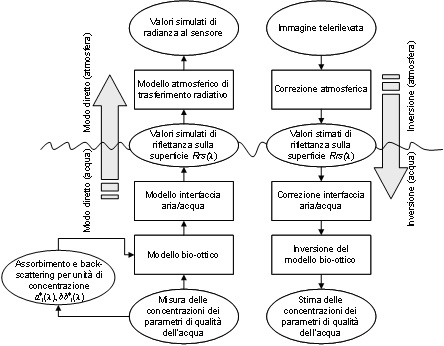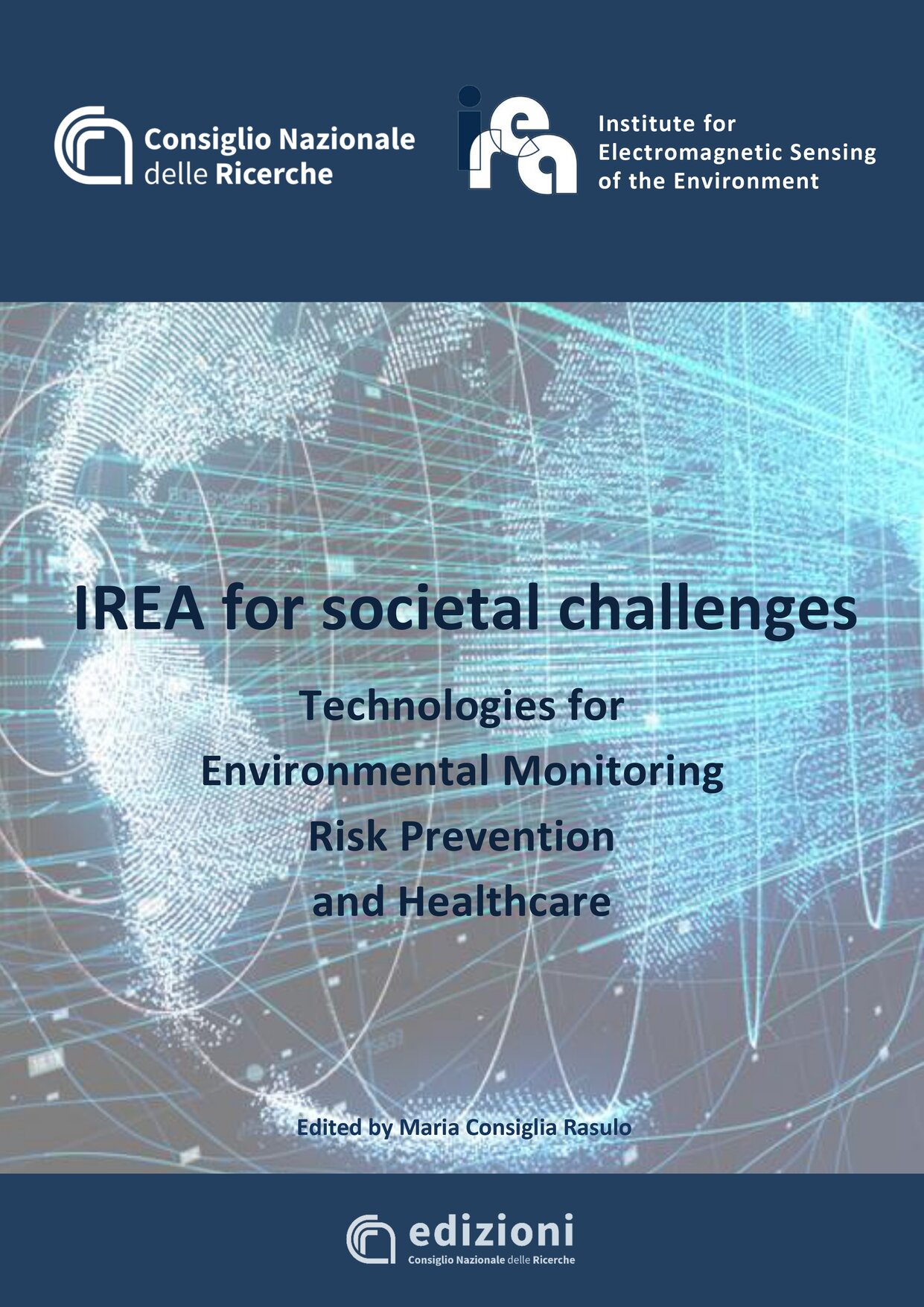To translate the recorded signal from the satellite sensors into information physics of radiance reflected and/or emitted by the surface, in order to provide an estimate of their bio-geophysical parameters, the radiative transfer (RT) modeling is the most rigorous approach. It represents the set of equations describing the propagation of electromagnetic radiation and its optical path from the sun, through the atmosphere (which absorbs, diffuses and refracts the radiation), to the surface (or its volume, for example in case of water body or vegetation canopy) and then, again through the atmosphere, towards the sensor. To determine bio-geophysical parameters from satellite signals is then necessary to invert the chain of relationships through which the optical properties of surfaces (translated into bio-geophysical parameters) are associated with the radiance reflected/emitted from the surface and sensed from space. Depending on the complexity of the RT model, the inversion may be accomplished by adopting different techniques such as the least squares method, nonlinear optimization techniques (e.g. Levenberg-Marquand), and approaches based on neural networks and Look Up Table. The RT modeling offers great potential because it is based on physical laws independent of sensor characteristics and atmospheric conditions. Nevertheless, similarly to any other modeling, it is conditioned by modeling-related issues (e.g., sensitivity, accuracy of the radiometric image data, assumptions of the model inversion and parameterisation).




